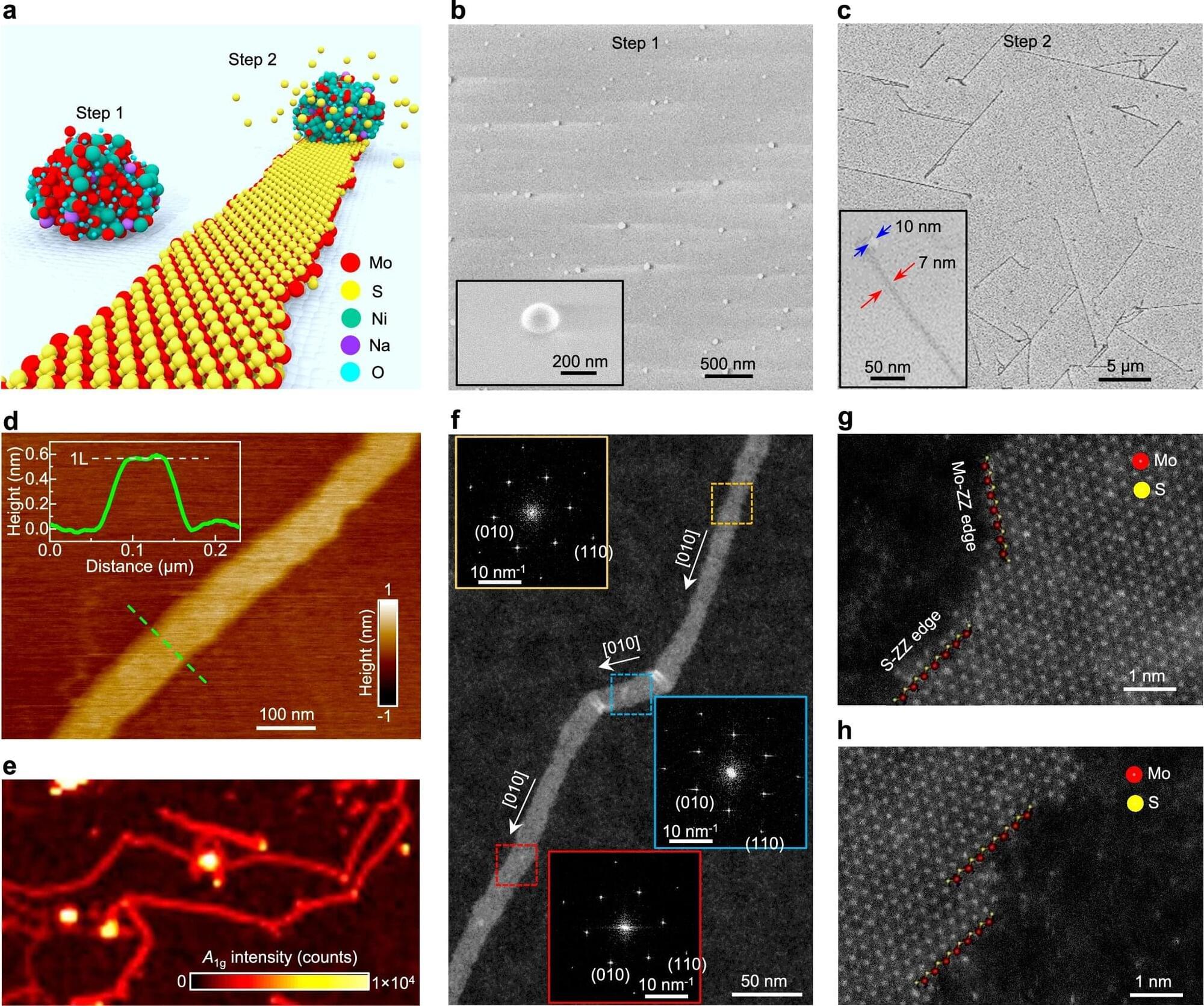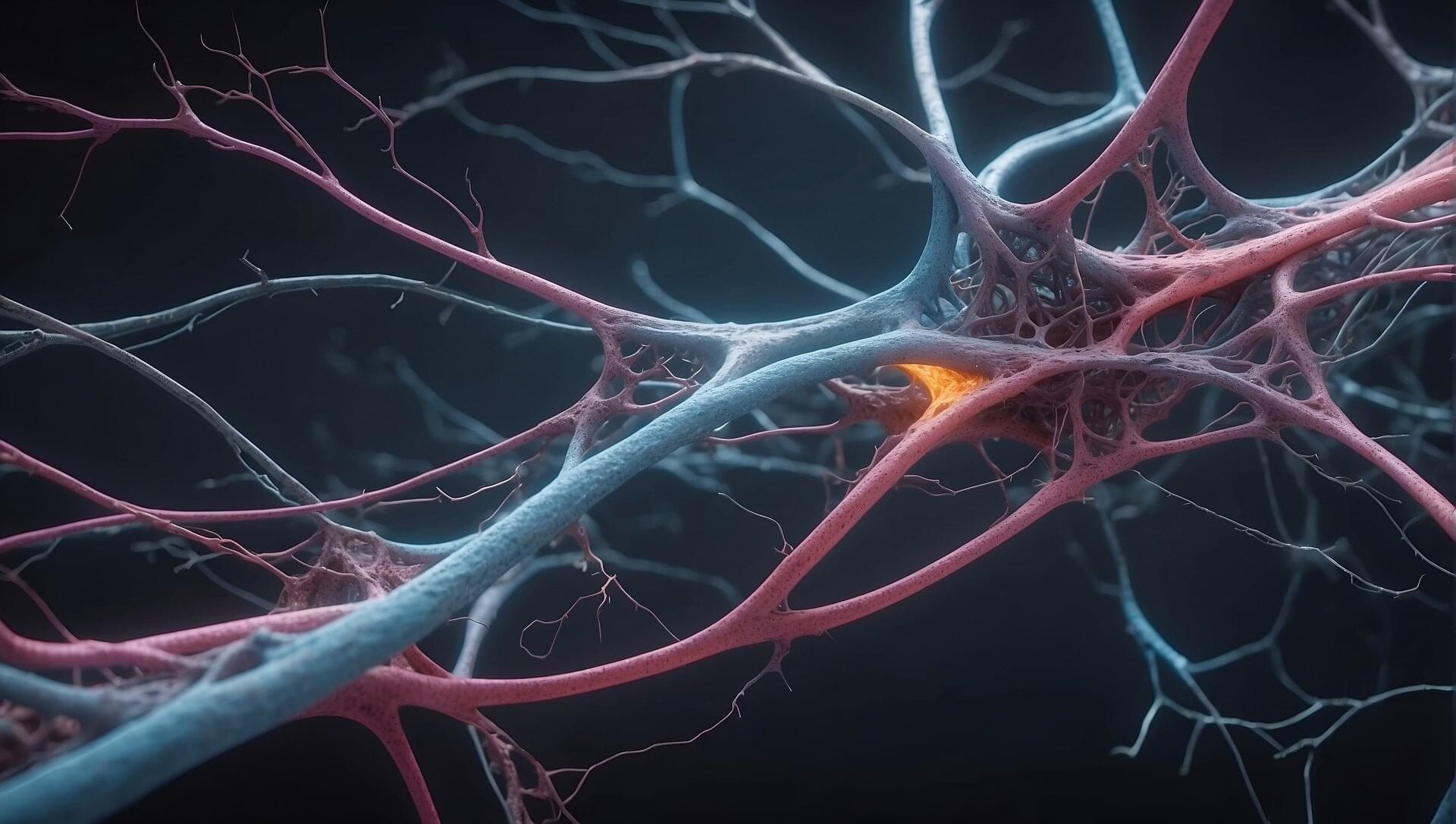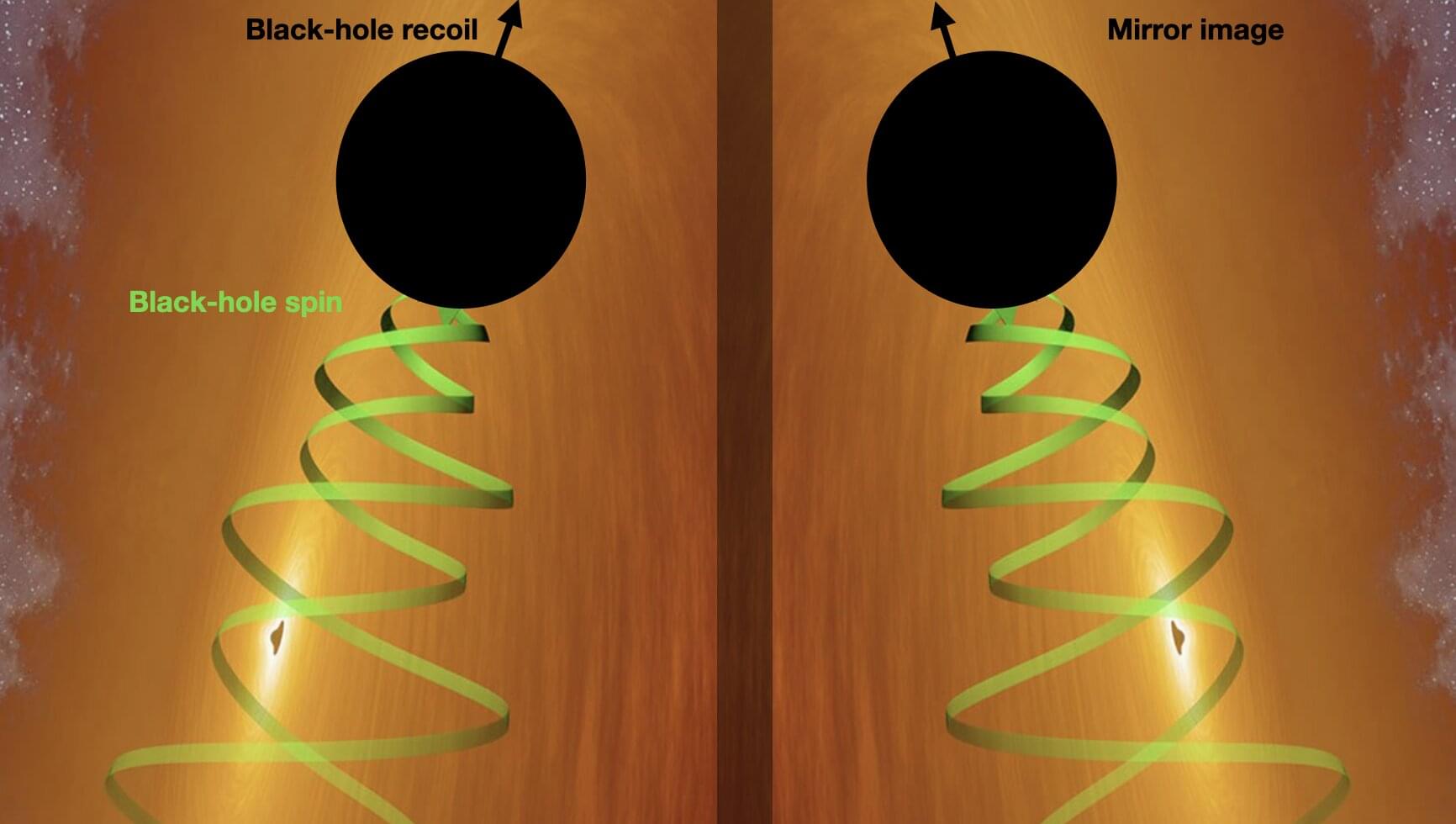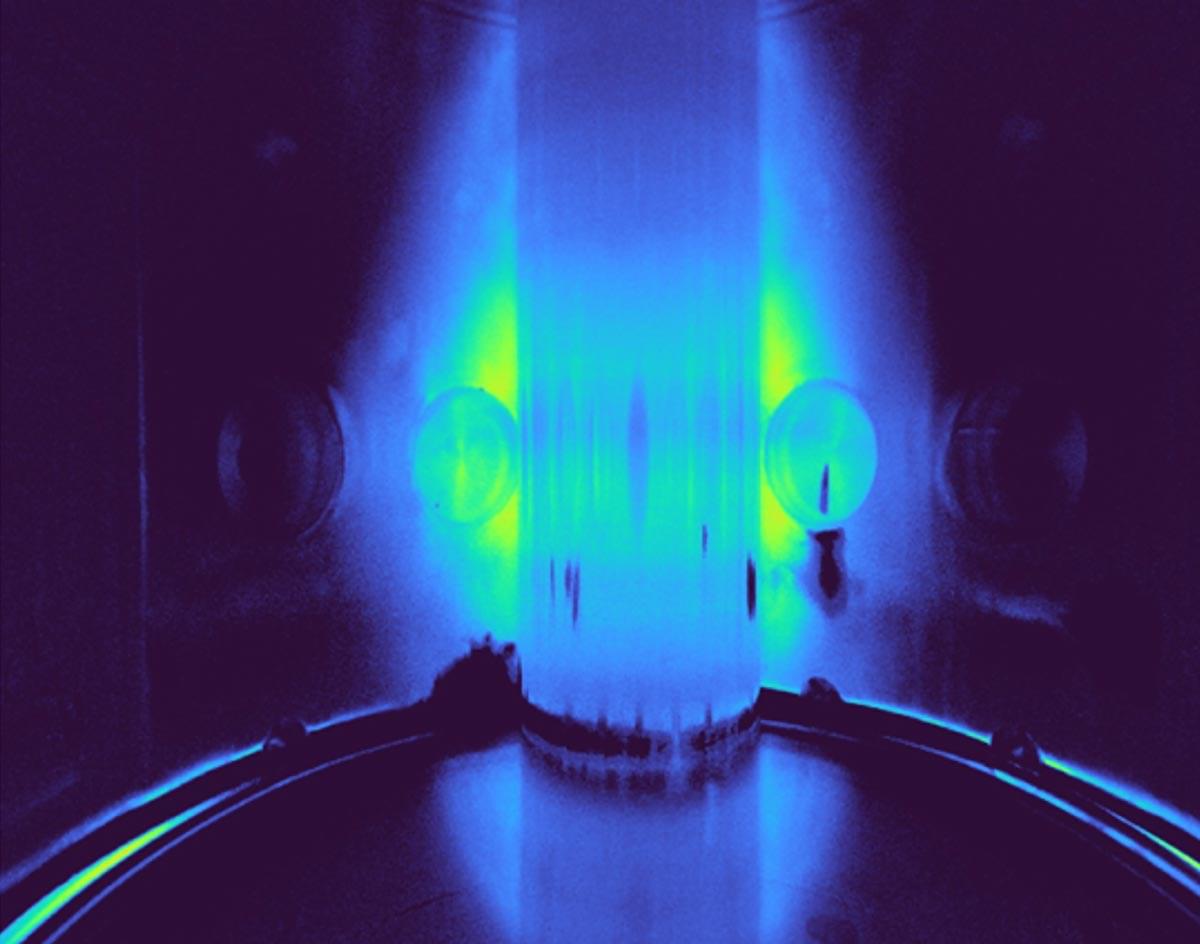Astronomers detected a puzzling cosmic explosion. Its unexpected timing challenges gamma-ray burst theories.
THE ECONOMIC SINGULARITY IN 2 TO 3 YEARS.
“My guess is that by 2026 or 2027, we will have AI systems that are broadly better than almost all humans at almost all things,” Amodei (Anthropic CEO) said at the event.
Enter the new era of AI coworkers.
An exploration into ten potential ways that we may have already detected alien life in the universe.
Cylinder Eight by Chris Zabriskie is licensed under a Creative Commons Attribution license (https://creativecommons.org/licenses/.…)
Source: http://chriszabriskie.com/cylinders/
Artist: http://chriszabriskie.com/
Cylinder Three by Chris Zabriskie is licensed under a Creative Commons Attribution license (https://creativecommons.org/licenses/.…)
Source: http://chriszabriskie.com/cylinders/
Artist: http://chriszabriskie.com/
Cylinder Five by Chris Zabriskie is licensed under a Creative Commons Attribution license (https://creativecommons.org/licenses/.…)
Source: http://chriszabriskie.com/cylinders/
Artist: http://chriszabriskie.com/
Cylinder Seven by Chris Zabriskie is licensed under a Creative Commons Attribution license (https://creativecommons.org/licenses/.…)
Source: http://chriszabriskie.com/cylinders/
Artist: http://chriszabriskie.com/
Light Awash by Kevin MacLeod is licensed under a Creative Commons Attribution license (https://creativecommons.org/licenses/.…)
Experiments conducted at Montana State University in collaboration with Columbia University and the Honda Research Institute have resulted in the emission of single photons of light in a new type of quantum material—a feat that could lead to the development of controllable light sources for use in quantum technologies.
A comprehensive article about the breakthrough was published in the journal Nature Communications. It describes ultra small, two-dimensional, ribbon-shaped materials measuring one atom thick and tens of atoms wide—about a thousand times narrower than the width of a human hair.
The nanoribbons were grown by the Honda Research Institute, stretched over specialized surfaces developed by Columbia to stimulate photon emission, then manipulated and tested by the MSU team, which analyzed and described the nanoribbons’ characteristics, including their ability to emit single photons.
Time Expansion Experiences
Posted in futurism
Time flows at different speeds in different states of mind, and sometimes expands dramatically. Does this mean that it is created by our minds?
Researchers at the University of Colorado Anschutz Medical Campus have found a promising drug candidate that could help restore vision in individuals with multiple sclerosis (MS) and other neurological conditions that damage neurons.
The study was published this week in the journal Nature Communications.
The drug, LL-341070, enhances the brain’s ability to repair damaged myelin — the protective sheath around nerve fibers. Damage to myelin is a hallmark of diseases like MS, as well as a natural consequence of aging, often resulting in vision loss, loss of motor skills, and cognitive decline.
In an article published in Physical Review Letters on Thursday, scientists carried out an innovative study testing the existence of mirror asymmetries in our universe by studying the handedness of the gravitational-wave emission from black-hole mergers detected by Advanced LIGO and Virgo.
The pillar of modern cosmology—known as the Cosmological Principle—states that, when observed at large scales, the universe is isotropic and homogeneous. This is, all observers in the universe will roughly observe the same structures regardless of where they are or where they look. As a consequence, the universe must not display a preference for stuff that rotates clock or anti-clockwise but, which is known as “mirror symmetry.”
Einstein’s theory of gravity, known as General Relativity, predicts that massive bodies can produce a type of radiation known as gravitational waves, which consist of distortions of spacetime that travel away from their sources at the speed of light. Such waves are produced in some of the most violent events in the universe, like supernovae, black-hole mergers or the big bang itself.
The University of Seville’s SMART tokamak has achieved a critical milestone by creating its first tokamak plasma.
Plasma is one of the four fundamental states of matter, along with solid, liquid, and gas. It is an ionized gas consisting of positive ions and free electrons. It was first described by chemist Irving Langmuir in the 1920s.
Yahoo on osa Yahoon tuotemerkkejä
Posted in futurism
Me, Yahoo, kuulumme Yahoo-konsernin bränditSivustot ja sovellukset, jotka omistamme ja joita operoimme, mukaan lukien Yahoo ja AOL, sekä digitaalinen mainospalvelumme, Yahoo Advertising. Yahoo-konserniin.
A study published in Proceedings of the Royal Society B, found that while the baboons noticed and responded to a laser mark shining on their arms, legs and hands, they did not react when they saw, via their mirror reflection, the laser on their faces and ears.
It was the first time a controlled laser mark test has been done on these animals in a wild setting and strengthens the evidence from other studies that monkeys don’t recognize their own reflection.
The researchers observed 120 Chacma baboons in Tsaobis Nature Park, Namibia, between May and October 2021 to better understand self-awareness among wild non-hominid primates, who have previously been tested almost exclusively in captivity.









